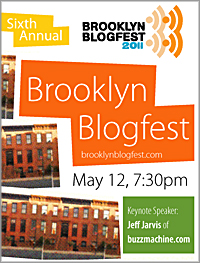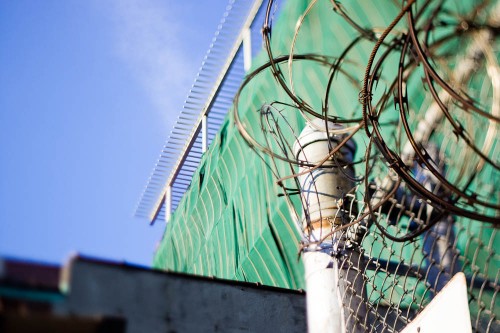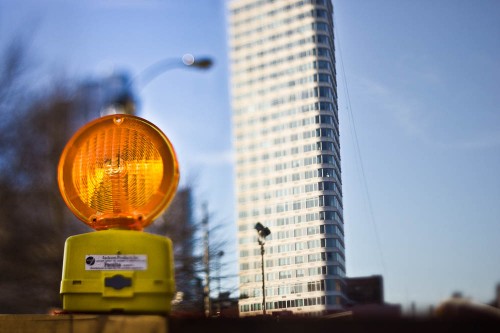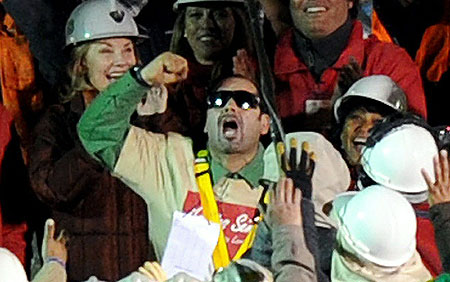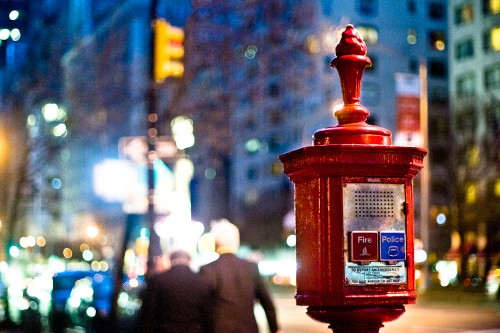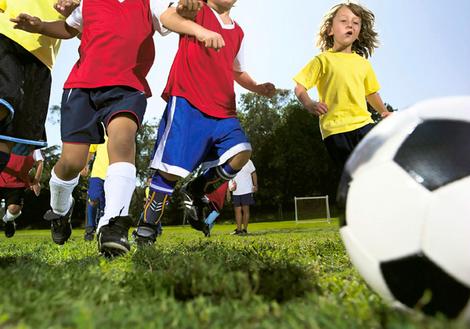 by Amy Glaser
by Amy Glaser
Spring is here and out of the closet come bicycles, soccer balls, scooters, skateboards, lacrosse sticks to name just a few. I walk down Seventh Avenue in Park Slope with my eyes in temporary nystagmus noting helmets, or not, on bikers, toddlers, scooters; checking potholes as my potential victims cross the street.
My paranoia may be a professional hazard or personality defect, but many coaches, athletes and parents see young athletes as more indestructible than they should. In fact there is a popular misconception that a concussion should be “toughed out” as athletes are put back on the field way too soon. Young athletes are more susceptible to the effects of a concussion because their brains are still developing. And while it is the collision sports like football that are commonly associated with concussions, they are also common in sports not requiring helmets such as soccer, lacrosse and wrestling and outside the arena of organized sports.
A concussion includes five major features;
–An impulsive force delivered to the head
–The rapid onset of neurological symptoms that resolve on their own
–A change in what the person can do, or feel rather than structural changes to the brain.
–A concussion may or may not involve loss of consciousness.
–There is no standard abnormality on neuroimaging seen in concussions.
In animal models it is the disruption of the neuronal membrane that slows metabolism in the brain that causes the symptoms of a concussion. Physically a concussion may cause headache, nausea, vomiting, a change in balance or vision. Mentally the person may feel slowed down or foggy, have difficulty concentrating or remembering. Emotionally they may feel more irritable or emotional and be either sleepy or have trouble falling asleep. Symptoms may appear hours after an incident.
The bottom line is this: ALL CONCUSSIONS ARE SERIOUS and athletes with suspected concussions should not return to play until they see a doctor. There is no medicine. There may not be xrays. The goal of managing concussions is to avoid activities that may slow recovery. There should be both mental and physical rest. Symptoms may worsen with attempts to concentrate, be it a video game or math test. So the goal might be to re-enter slowly perhaps shortening the school day at first. Physically the athlete should first be asymptomatic at rest. The next step would be to increase activity slowly, returning to less activity if the symptoms recur. Recovery time varies with the individual, the severity of the concussion and the history of prior concussions. Prematurely returning to play before a concussion is fully resolved may lead to another concussion or even death.
Not all concussions can be prevented. Protective gear is important. But it is equally important that the athlete report his symptoms and the surrounding adults take them seriously even if it means not returning to the field.
For more about Dr. Amy Glaser read her bio in our Contributor’s section
 You all know what a big fan of poetry I am so here’s a big shout-out to A.A. Pritchard, a poet who was kind enough to send me a copy of his book, HOWL NOW! (Raw Nerves Verse VS. The Bloody Universe), published by Vox Pop Publishing with the help of Debi Ryan, manager of the late, lamented Vox Pop Coffee Shop on Cortelyou Road.
You all know what a big fan of poetry I am so here’s a big shout-out to A.A. Pritchard, a poet who was kind enough to send me a copy of his book, HOWL NOW! (Raw Nerves Verse VS. The Bloody Universe), published by Vox Pop Publishing with the help of Debi Ryan, manager of the late, lamented Vox Pop Coffee Shop on Cortelyou Road.



